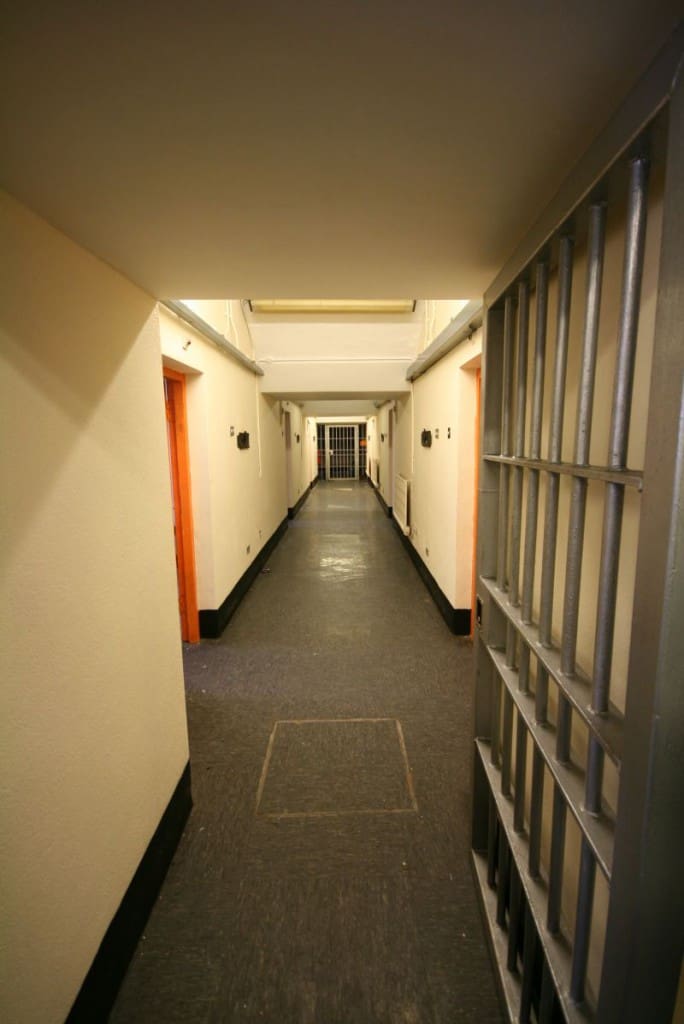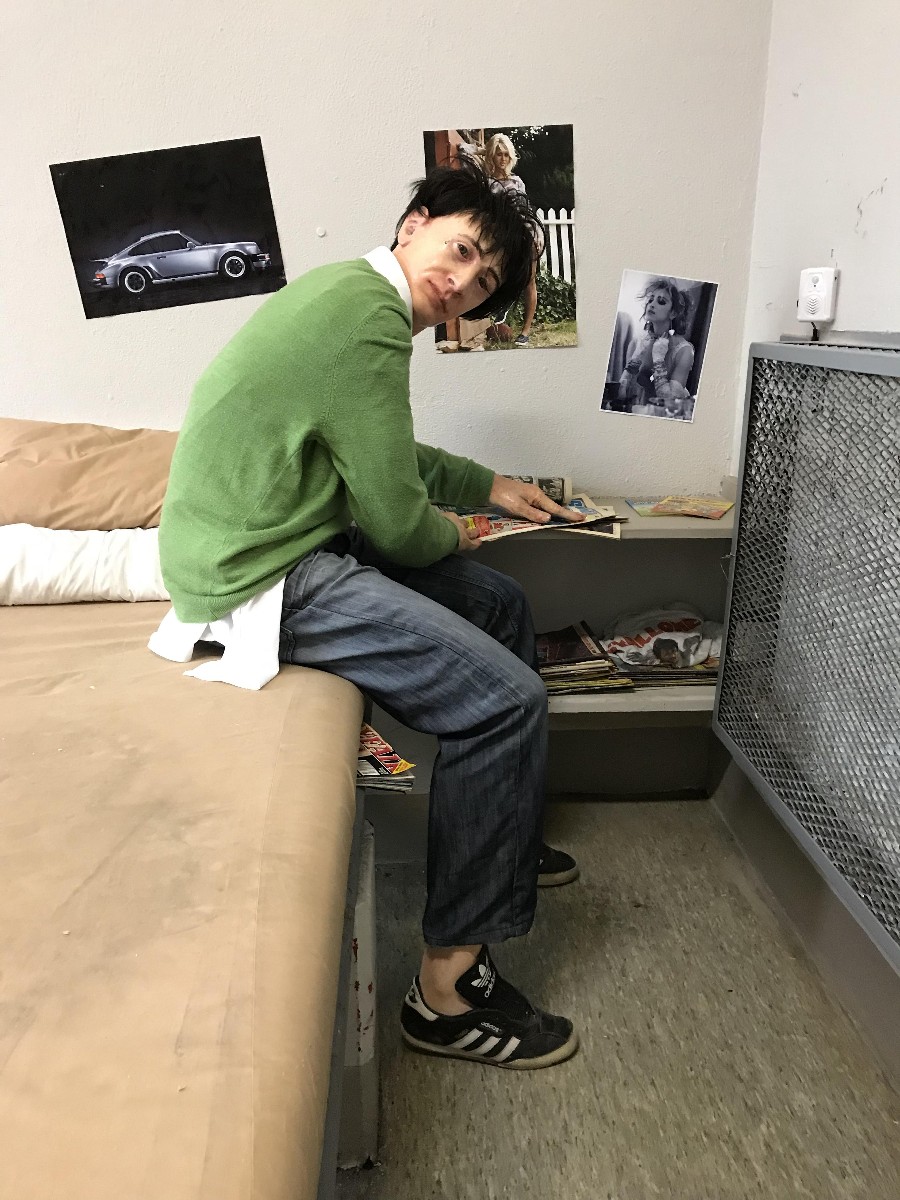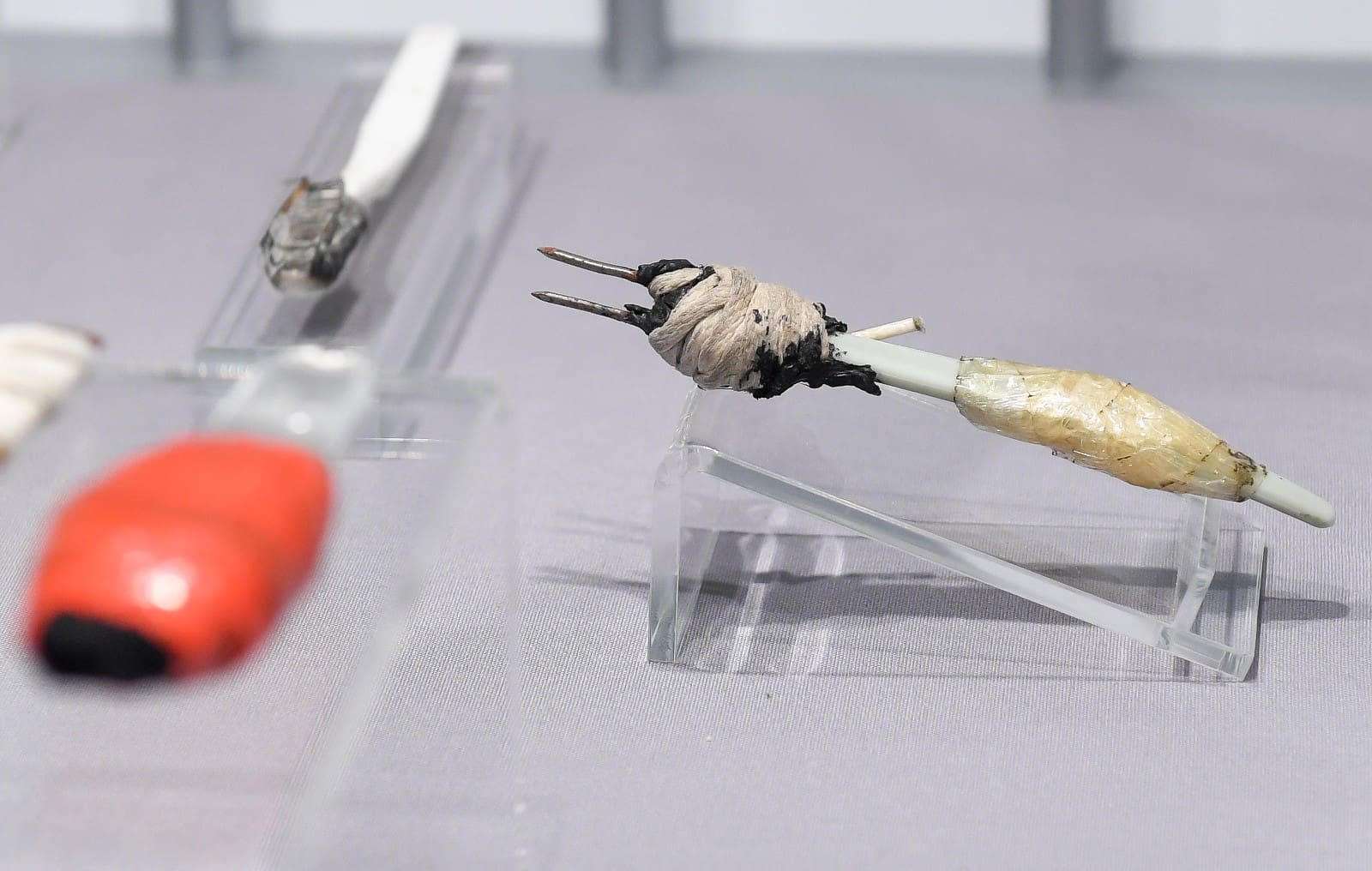 On the 29th of March 1985 the Department of Defence handed over control of the fort to the Department of Justice. Spike Island was to be a prison for the 4th time in its history and by the summer it was holding over 120 civilian prisoners, many had been convicted of the crime of ‘Joyriding’, stealing a car and driving it around dangerously.
On the 29th of March 1985 the Department of Defence handed over control of the fort to the Department of Justice. Spike Island was to be a prison for the 4th time in its history and by the summer it was holding over 120 civilian prisoners, many had been convicted of the crime of ‘Joyriding’, stealing a car and driving it around dangerously.
They were held in the former Naval Service accommodation which was inadequate and in August of 1985 a serious riot broke out, with many buildings destroyed, leading too the islands civilians having to be evacuated and relocated to the mainland.
As a result of the riot the north-west casements were converted into more suitable 4 man prison cells which are in their original condition and can be visited today (the C-Class cells). Solitary cells were also added in the nearby Punishment Block where unruly prisoners would be held, striped to their underwear in solitary confinement.
 The prisoners went to school up to four days a week with up to 75% involved in some form of education. There is an exhibition of the art created by these prisoners in the upper floor of the Punishment Block, providing an amazing insight into their minds. And the fort has areas where their work remains on view like this prisoner built garden in the forts grounds. They used the on-site pottery kiln to make the tiles and a gardener trained them on arrangment and planting.
The prisoners went to school up to four days a week with up to 75% involved in some form of education. There is an exhibition of the art created by these prisoners in the upper floor of the Punishment Block, providing an amazing insight into their minds. And the fort has areas where their work remains on view like this prisoner built garden in the forts grounds. They used the on-site pottery kiln to make the tiles and a gardener trained them on arrangment and planting.
 It was as recently as February 2004 that rising costs brought about the closure of the prison and the last of the prisoners were transferred off the island. The fourth island prison was at an end. Today visitors can explore these modern C-Class prison cells and see what life was and is like for prisoners in modern Ireland, in contrast to the nearby 1850’s Punishment Block. The block is also home to the ‘Shivs and Shanks’ exhibition, which shows some of the dangerous weapons that were made in the prison and concealed by inmates. It also houses home made tattoo guns.
It was as recently as February 2004 that rising costs brought about the closure of the prison and the last of the prisoners were transferred off the island. The fourth island prison was at an end. Today visitors can explore these modern C-Class prison cells and see what life was and is like for prisoners in modern Ireland, in contrast to the nearby 1850’s Punishment Block. The block is also home to the ‘Shivs and Shanks’ exhibition, which shows some of the dangerous weapons that were made in the prison and concealed by inmates. It also houses home made tattoo guns.

